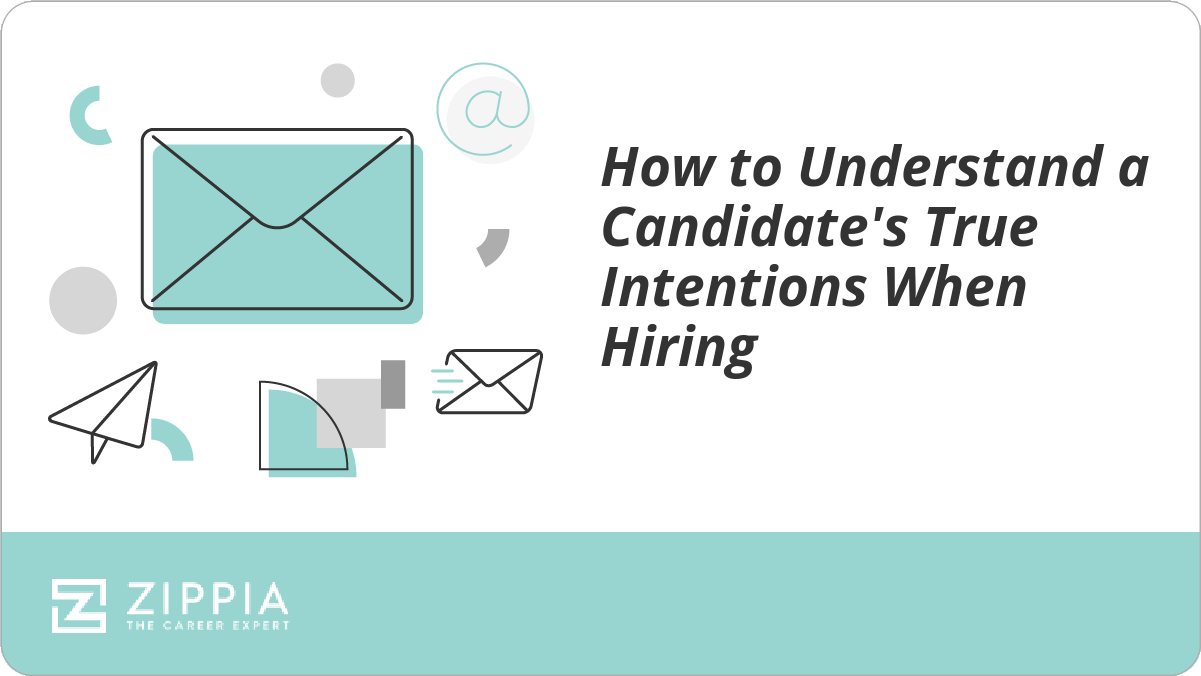So you want to be an Amazon, Google, or Apple one day, but you’re not quite there yet?
The good news is, you can start hiring like them. Hiring practices and philosophies don’t necessarily change the bigger you get. There’s been a number of large shifts in hiring practices amongst big companies (like Google’s move away from brain teaser questions and graduate degrees).
Here’s an insight into how three of the biggest companies, Google, Apple, and Amazon, manage their recruitment processes and what you can take away for your own company.
Key Takeaways
-
Google looks at candidates’ leadership skills and technical skills, as well as how they think and whether or not they would be a good culture fit.
-
Apple looks for people with great people skills and enthusiasm when filling retail store positions.
-
Amazon looks for candidates with long-term potential and flexibility.

What to Look For in Employees
Let’s take a look at Google for a clue as to what it is the big companies are looking for in their people:
-
Leadership. Not formal leadership, as in Vice President of the chess club, but rather examples of leading when appropriate. They ask their candidates to discuss times when they were able to lead and also times when they stepped back and let someone else take the lead. They’re looking for a blend of humility and leadership.
-
Technical skills. Particularly for software engineering roles, candidates must be able to demonstrate the necessary technical skills to perform well in the role. Note though that this is only one-quarter of the evaluation criteria.
-
How a candidate thinks. Google uses structured behavioral interviews that are validated to ensure they are predictive. This means Google asks questions that require the interviewee to cite past behavior as evidence of possessing a particular characteristic, i.e.: “Tell me about a time when you had to work on a solution you didn’t agree with. How did you handle it?”
-
“Googleness.” This refers to a general culture fit covering personality type, priorities in life, and values. Even in a big company, a “gut feel” on how well someone will do in the organization is taken into consideration.
What Else the Big Guys Look For in Their Future Employees?
Apple’s retail stores particularly focus on people with personality and enthusiasm, rather than those who know the most about products. Their stores tend to employ students, artists, writers, and actors for this reason.
Amazon focuses on determining if a candidate is the sort of person able to fill different roles over a long period of time. They want to find someone who is flexible and able to grow and learn rather than just someone who has the skills for the current job.
What Criteria Do You Use to Judge New Employees?
The clear trend is a de-emphasis away from pure numbers and a focus on attitude and cognitive thinking processes. While skill and smarts are still important, the recognition that attitude and personality are just as important is clear.
What do your interviewing processes focus on? If you place a lot of weight on technical ability, you may be missing out on a potential star. Consider rating all candidates on traits like creativity, humility, flexibility and resilience (the softer skills) just as much as their technical skills.
What’s the Process for Getting Hired at One of the Big Companies?
Both Amazon and Apple have a large workforce that is separate from their Corporate Headquarters; Amazon has a warehouse workforce that makes up at least three-quarters of its employees and Apple has its retail staff.
The application and review process is slightly different for these staff members in that they accept a larger number of solicited applications through job boards and have far less emphasis on technical skills.
It’s how they recruit for the corporate roles though that we’re really interested in.
-
Step 1: Job board, referral, headhunting, and competitions. All the companies use similar methods for attracting new candidates; a clear job board/careers page, an employee referral system, and headhunting. Google also holds competitions to weed out those who may have skills but aren’t in the normal places such as Google’s “Code Jam,” an international programming competition.
-
Step 2: Pre-screening. Most applicants will receive an email advising them of an appointment for a telephone interview if they are being recruited “cold” from a job board or careers page. If a current employee has recommended them, this step may be skipped. Note that the appointment is set up in advance through an email rather than an initial phone call catching an employee off guard.
A candidate receives a date and time for the interview via email, usually from an HR coordinator rather than a direct manager. After a couple of phone screens, interviews take place either face-to-face or over Google Hangout/Skype depending on the candidate’s location.
-
Step 3: Extensive involvement of current employees. Interviews are conducted by a wide range of current employees and not all of them will be a part of the team the new recruit would potentially be working with. This outside involvement has been proven to increase the quality of hire because of greater objectivity.
For professional positions, Google and Amazon will do a nearly full-day interview “loop” where various interviewers meet the candidate at different time slots. Each of the interviewers completes feedback forms on the candidate and submits them for review.
-
Step 4: Independent committee of reviewers. The final stage is a review of all feedback by an independent committee. This keeps the process fair and ensures that “buddies” aren’t hiring “buddies.”
Amazon uses individuals they call “bar raisers” and they can review up to 10 applications outside of their own department in a week. The final decision on whether someone will be hired is always a group decision; it’s never left up to just one individual.
How To Update Your Hiring Processes
Spreading interviewing around the organization and outside of the hiring team is a common thread amongst the big companies for their interviewing process. The final decision doesn’t just rest with one hiring manager but is rather the collaborative effort of a range of different people including general team members from other parts of the organization.
Rather than taking the decision on yourself, where possible make hiring a group process and decision. Have some of your team members interview them and contribute towards the final decision about an applicant.
How Big Companies Hire FAQ
-
What are three ways a company can recruit employees?
Three ways a company can recruit employees include:
-
Direct advertising
-
Employee referrals
-
Recruitment agencies
Why is it hard to get a job at big companies?
It’s hard to get a job at big companies because there is usually more competition for jobs at these organizations.
Because so many people want to work for large, high-profile companies, hiring managers at these corporations can be much more choosy about who they hire.
What do big companies look for when hiring?
When hiring, big companies look for:
-
Leadership skills
-
Technical skills
-
How the candidate thinks
-
Culture fit
- Recruitment Tips
- The Non-Recruiters Guide To Hiring Terms
- How To Improve Recruiting When You Have Bad Reputation
- How To Avoid Stereotyping While Recruiting
- Data Protection Tips For Recruiters
- Steve Jobs' Top Hiring Tips
- Bad Hiring Experiences For Candidates
- Networking Advice From Recruitment Experts
- How Recruiters And Hiring Managers Can Work Together
- How To Use Boolean Search To Find Talent On Google
- The Latest Recruitment Trends
- How The Big Companies Hire
- Signs You're About To Lose A Top Candidate
- Get Candidates To Apply By Thinking Like A Marketer
- How To Recruit





